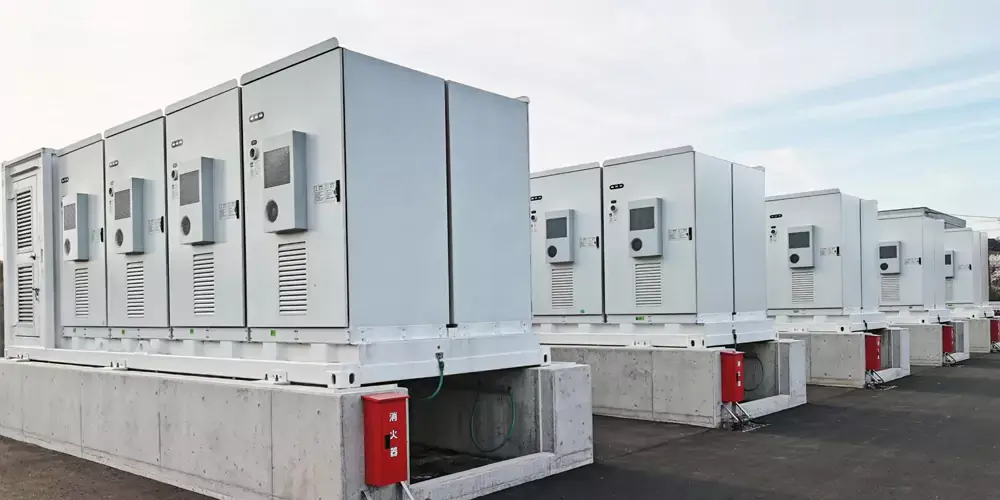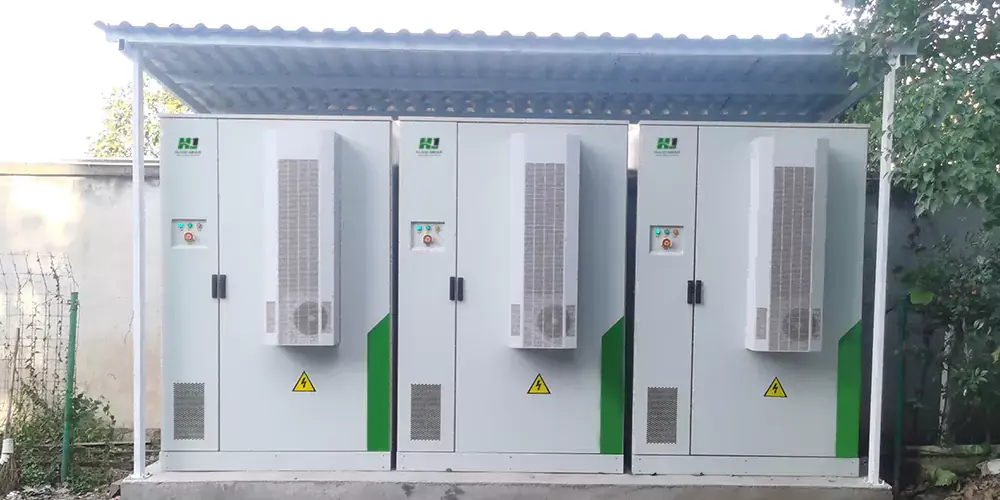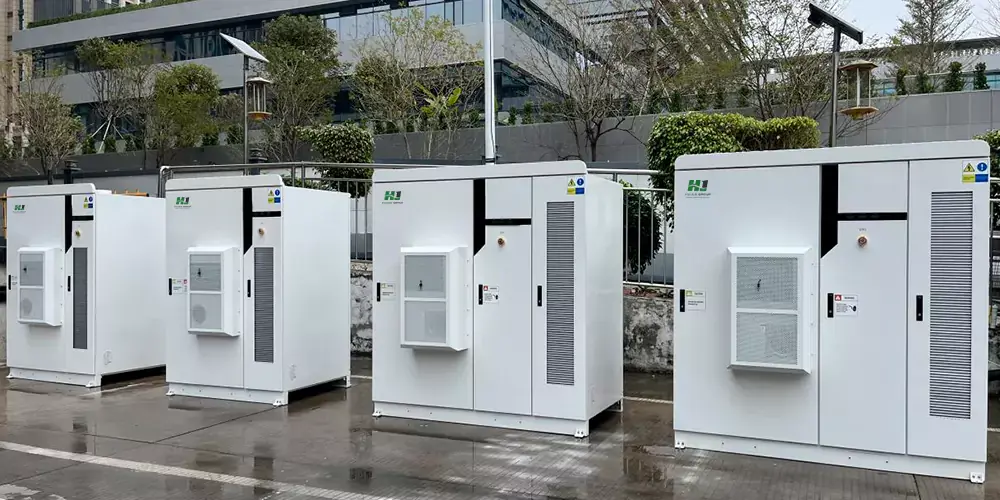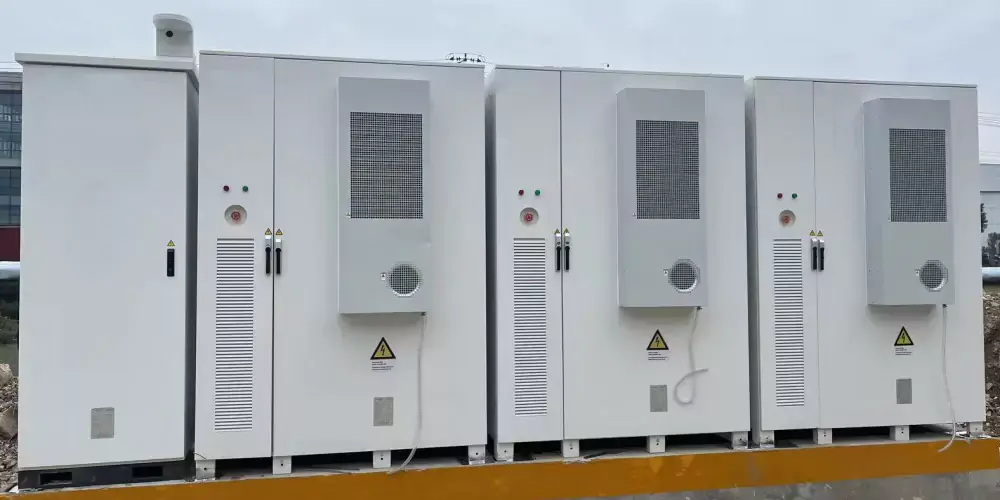Exploring Effective Energy Solutions for a Sustainable Future
In an era of increasing environmental concerns and resource scarcity, finding effective energy solutions has become a critical priority. From renewable energy sources to innovative technologies and energy efficiency practices, numerous strategies are available to address the global energy challenge. This article explores various energy solutions that can help achieve sustainability, reduce environmental impact, and enhance energy security.
Renewable Energy Sources
Renewable energy sources are pivotal in reducing reliance on fossil fuels and mitigating climate change. Key renewable energy solutions include:
Solar Power: Solar energy harnesses sunlight using photovoltaic (PV) panels or solar thermal systems. It is versatile, scalable, and can be used for residential, commercial, and industrial applications. Advances in solar technology have significantly reduced costs and increased efficiency, making it a popular choice for sustainable energy.
Wind Power: Wind turbines convert the kinetic energy from wind into electricity. Wind power is one of the fastest-growing renewable energy sources. It can be deployed in various scales, from small residential turbines to large offshore wind farms, providing a substantial contribution to the energy mix.
Hydropower: Hydropower generates electricity by utilizing the energy of flowing water. Large-scale hydroelectric dams and small run-of-river systems are common applications. While hydropower is reliable and can produce significant amounts of energy, it requires careful management to minimize ecological impact.
Geothermal Energy: Geothermal systems use heat from the Earth’s interior to generate electricity or provide direct heating. This solution offers a stable and continuous energy supply with a minimal environmental footprint. Geothermal energy is particularly effective in regions with significant tectonic activity.
Biomass: Biomass energy is derived from organic materials such as plant and animal waste. It can be converted into biofuels, biogas, or used directly for heating. Biomass provides a way to recycle waste materials and can contribute to a circular economy.

Energy Efficiency Technologies
Improving energy efficiency is crucial for reducing overall energy consumption and lowering costs. Key technologies and practices include:
LED Lighting: Light Emitting Diodes (LEDs) are highly efficient and long-lasting compared to traditional incandescent bulbs. They consume less power and reduce heat generation, leading to significant energy savings in lighting.
Smart Thermostats: Smart thermostats optimize heating and cooling by learning user preferences and adjusting settings based on occupancy and weather conditions. This technology helps reduce energy waste and enhances comfort.
Energy-Efficient Appliances: Modern appliances such as refrigerators, washing machines, and ovens are designed to use less energy while maintaining high performance. Energy Star ratings and similar certification programs help consumers choose efficient products.
Building Insulation: Proper insulation in buildings helps maintain indoor temperatures and reduces the need for heating and cooling. Techniques such as high-performance windows, wall insulation, and roof upgrades contribute to energy savings.
Building Management Systems (BMS): BMS integrates various building systems (lighting, HVAC, security) to optimize energy use and operational efficiency. Automation and real-time monitoring help manage energy consumption and improve overall building performance.
Advanced Energy Storage
Energy storage solutions are essential for managing the intermittent nature of renewable energy sources and ensuring a reliable power supply:
Battery Storage: Lithium-ion and other advanced batteries store excess energy generated from renewable sources for use during periods of low generation. Battery storage systems are used in residential, commercial, and utility-scale applications to balance supply and demand.
Pumped Hydro Storage: This method involves pumping water to a higher elevation during periods of low electricity demand and releasing it to generate electricity during peak demand. It provides a large-scale storage solution with high efficiency.
Thermal Energy Storage: Thermal storage systems store excess heat for later use. Examples include molten salt storage in solar thermal plants and ice storage for cooling applications. Thermal energy storage helps manage heating and cooling loads effectively.
Sustainable Transportation Solutions
Transportation is a significant contributor to energy consumption and greenhouse gas emissions. Sustainable transportation solutions include:
Electric Vehicles (EVs): EVs are powered by electricity rather than fossil fuels. They offer lower operational costs, reduced emissions, and contribute to cleaner air. The expansion of charging infrastructure supports the growth of the EV market.
Public Transit: Investing in efficient and reliable public transportation systems reduces the number of individual vehicles on the road, lowering overall energy consumption and emissions. Public transit options include buses, trains, subways, and trams.
Cycling and Walking: Promoting cycling and walking as alternative modes of transport reduces reliance on motor vehicles and contributes to healthier lifestyles. Infrastructure improvements such as bike lanes and pedestrian pathways encourage these sustainable options.
Energy Policy and Regulation
Effective energy policies and regulations play a crucial role in driving the adoption of sustainable energy solutions:
Renewable Energy Incentives: Governments often provide subsidies, tax credits, and grants to encourage the adoption of renewable energy technologies. These incentives help offset the initial costs and accelerate the transition to cleaner energy sources.
Energy Efficiency Standards: Regulations and standards set requirements for energy performance in appliances, buildings, and vehicles. Compliance with these standards promotes energy savings and reduces environmental impact.
Carbon Pricing: Carbon pricing mechanisms such as carbon taxes or cap-and-trade systems put a price on carbon emissions, encouraging businesses and individuals to reduce their carbon footprint and invest in cleaner technologies.
Conclusion
The transition to sustainable energy solutions is essential for addressing the challenges of climate change, resource depletion, and energy security. By leveraging renewable energy sources, improving energy efficiency, advancing storage technologies, and adopting sustainable transportation options, we can move towards a more sustainable and resilient energy future. Effective energy policies and regulations further support this transition by providing the necessary framework and incentives. As technology continues to evolve and awareness grows, the possibility of a sustainable and energy-efficient future becomes increasingly attainable.
Contact us
- Email:[email protected]
- Tel: +86 13651638099
- Address: 333 Fengcun Road, Fengxian District, Shanghai
Get A Quote Now!





